Warts Specialist

McGuiness Dermatology & Plastic Surgery
Dermatologists and Aesthetic Specialists located in , Flower Mound, Plano, Prosper, Murphy & Richardson, TX
Warts are usually harmless but can be aesthetically displeasing, spread, or feel uncomfortable if they rub against clothing or are in a sensitive place. The expert dermatology team at McGuiness Dermatology & Plastic Surgery with locations in Plano, Flower Mound, Prosper, and Murphy, Texas, can help you remove warts and prevent their spread. Call one of the offices or book an appointment online to learn how the doctors can help you treat warts of any type.
Warts Q & A
What causes warts?
Warts are benign, meaning they’re noncancerous, and often go away without treatment. They’re caused by a form of HPV or the human papillomavirus. Warts can occur in people of any age and may spread from person to person or on your own body. HPV warts are spread through touch, and you may even pick one up by touching something – like a towel — that has come into contact with a wart.
What are the most common types of warts?
Warts usually occur on the hands and feet. Some are cauliflower shaped while others are domed and smooth. The most frequently occurring warts include:
Common warts
These form most often on the hands, knees, elbows, and fingers. Children and young adults, as well as individuals with weaker immune systems, are vulnerable to them.
Plantar warts
These warts grow on the bottoms of your feet or toes and may look like corns or calluses. They often have dark specks and can be painful as you push on them with each step.
Flat warts

Flat warts are smoother and flatter than other types of warts and are usually quite small. They’re colored pink, light brown, or yellow and may appear on the face or legs.
Why should I have warts removed?
While warts do often go away on their own, the process can take weeks, months, or years. If they’re allowed to persist they may dig deeper into your skin and become more numerous. Treating a wart as soon as it appears also discourages it from spreading. Wart removal is simple and effective.
How do dermatologists remove warts?
At McGuiness Dermatology & Plastic Surgery, the doctors may recommend you try an over-the-counter cream. But if non-prescription treatments don’t work in a few months, they may offer a prescription version for virulent cases. Freezing (cryotherapy), excision, and cauterization, which involves burning the wart off, are other options. The dermatologists can evaluate your wart and recommend treatment according to its depth and location.
To have your wart or warts, evaluated, contact one of the offices of McGuiness Dermatology & Plastic Surgery or book an appointment online.
What we offer
Services
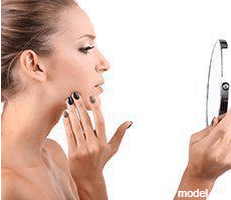
Acne
more info
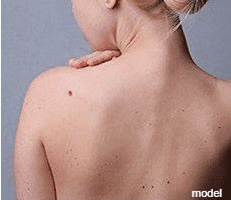
Moles
more info
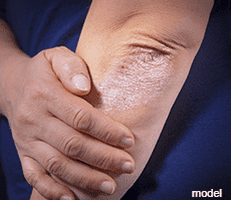
Psoriasis
more info
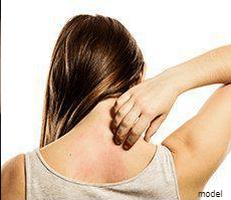
Rash
more info

Rosacea
more info

HydraFacial
more info
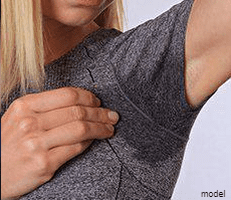
Hyperhidrosis
more info
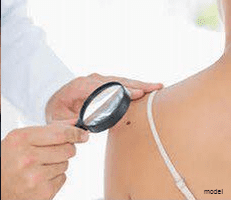
Skin Cancer
more info
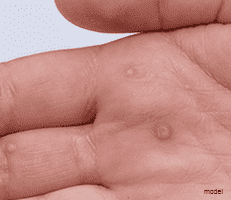
Warts
more info

Kybella
more info
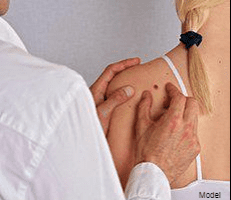
Skin Exam
more info

Ultherapy
more info

CoolSculpting
more info
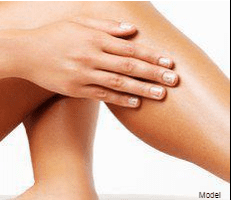
Laser Hair Removal
more info
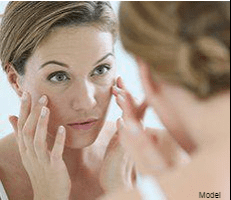
Wrinkles
more info

Dermal Fillers
more info
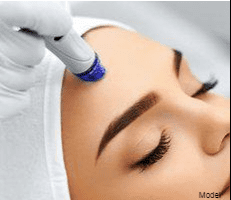
Microneedling
more info
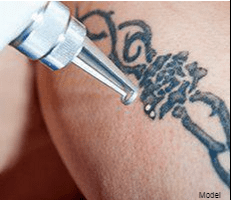
Tattoo Removal
more info
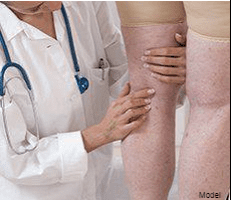
Vein Treatment
more info

miraDry® Sweat and Odor Reduction
more info

TeleHealth
more info

Plastic Surgery
more info

Emsclupt NEO
more info

